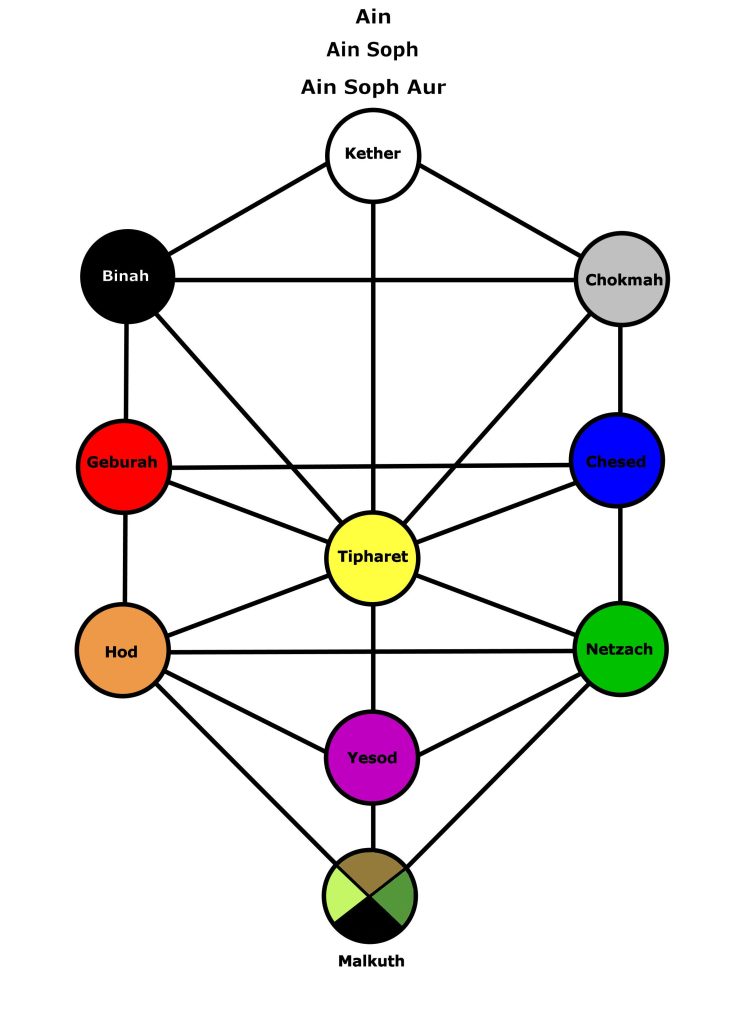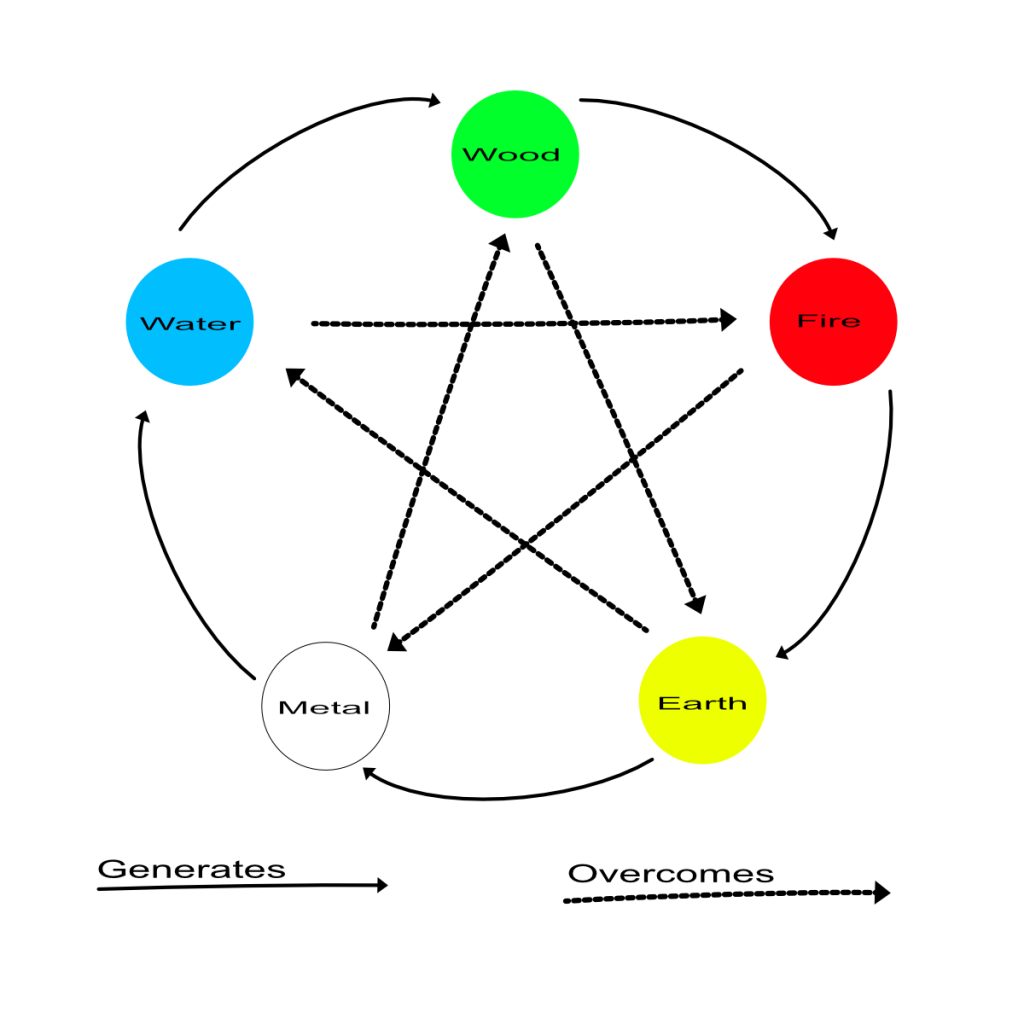The universe is impossible to comprehend in its entirety, but that hasn’t stopped human beings from trying. I use the term “cosmic map” to refer to an attempt to describe the universe’s structure in a comprehensible manner, focused on a core metaphor or concept. Various cosmic maps attempt to organize the world into understandable and usable configurations.
I give a brief description of some of them below. There are many references for these, but I recommend Christopher Penczak’s “Mystic Foundation.” It is a great book that offers a magical perspective on the universe.

Qabalah
The most well-known cosmic map is the Qabalah (or Kabbalah). The Qabalistic Tree of Life consists of 10 sephirah, or spheres, connected by 22 paths. This tree exists in four planes:
- Assiah
- Yetzirah
- Briah
- Atziluth
Qabalah, as it is used by magicians and Pagans, has been adapted over the centuries. There are hundreds, if not thousands, of correspondences mapped to this tree and the planes. There are too many Qabalah books to get into any depth here, but I want to mention three.
- Aleister Crowley’s “777” contains a huge number of correspondences.
- Don Milo Duquette’s “The Chicken Qabalah of Rabbi Lamed Ben Clifford” is a wonderful starter kit for understanding the Qabalah.
- Ellen Cannon Reed’s “The Witches Qabala: The Pagan Path and the Tree of Life,” is useful for interpreting the Qabalah from a Pagan perspective, rather than a Jewish or Christian one.
Yggdrasil
Another cosmic map is the Norse Yggdrasil. This tree of life connects nine worlds. These are:
- Midgard — the world of humanity
- Asgard — the world of the Aesir tribe of gods and goddesses
- Vanaheim — the world of the Vanir tribe of gods and goddesses
- Jotunheim — the world of the giants
- Niflheim — the primordial world of ice
- Muspelheim — the primordial world of fire
- Alfheim — the world of the elves
- Nidavellir/Svartalfheim — the world of the dwarves
- Hel — the land of the dead, ruled over by the Goddess Hel
Yggdrasil is less about magical correspondences and more about the nature of the inhabitants of the worlds and how they interact. For a good explanation, visit https://mythopedia.com/topics/nine-realms/. For a list of good references about the Norse religion and myths, check out this list from the Norse-Mythology.org site: https://norse-mythology.org/the-10-best-norse-mythology-books/
Planetary Spheres
The ancient Greeks, thanks to Plato, Ptolemy, and others, saw the cosmos as seven celestial spheres with the Earth at the center. These spheres were the domain of the planets, with an eighth outer sphere the dwelling place of the stars. Over the years, the order of the planets changed, but one of the main sequences was Earth at the center, with the spheres expanding outward.
- Earth
- Moon
- Mercury
- Venus
- Sun
- Mars
- Jupiter
- Saturn
Some descriptions added other spheres to accommodate changes based on equinoxes or for other reasons. There are many correspondences associated with the planets, such as alchemical metals, Greek Gods and Goddesses, major chakras, notes on the musical scale, and so on. For more information, keep an eye out for my post on the Celestial Ladder.
Elements
Some cultures have a system of elements that are used as a basis for cosmic maps. For example, both the Greek and Chinese traditions contain five elements.
Originally Greek, earth, air, fire, and water, plus spirit (or aether), give us a way to map correspondences. The elements are still used today in many Wiccan rituals. They are associated with directions, times of day, times of the year, and more. I’m planning a post on these elements.

The Chinese elements (wood, fire, earth, metal, and water) can transform from one to another. The elements are used in Yi jing (I Ching) divination, astrology, feng shui, and many others. See https://www.chinahighlights.com/travelguide/chinese-zodiac/china-five-elements-philosophy.htm for more information. I’d also like to recommend “The Essence of Tao” by Pamela Bell.
Axis Mundi
Lastly, I want to mention the Axis Mundi, or World Tree, which appears in many cultures. This tree is divided into the Upper World, Middle World, and Lower World. Typically, our everyday, mundane lives take place in the Middle World. Our guides or our own higher selves are found in the Upper World. The Lower World may house our ancestors or be related to our own subconscious.
Your Cosmic Map
Your preferred cosmic map can be a centerpiece to your spiritual path and be a framework to support your other decisions. Do any of the ones I’ve mentioned strike a chord with you? Or do you have your own version of a map to describe the universe?


Leave a Reply